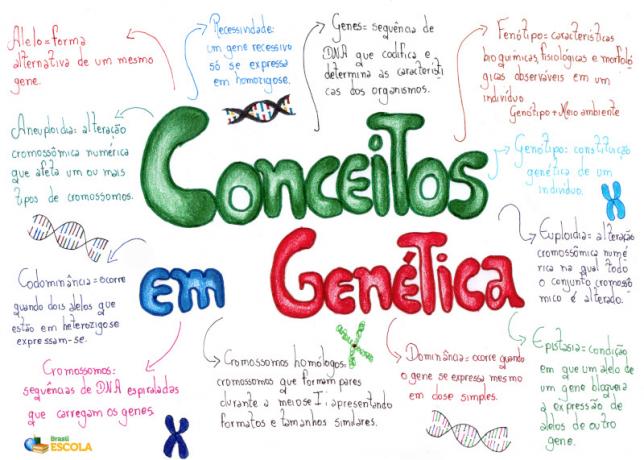In Portuguese, the word LED means light emitting diode. It is an electronic component capable of emitting visible light transforming electrical energy into light energy. This process is called electroluminescence
O first LED was created in 1963 by engineer and inventor Nick Holonyak and was able to emit only the color red. Over the years and with the development of technology, new Colors LED screens were developed. Unlike laser, the LED does not emit monochromatic light, but rather a small range of certain colors.
LEDs are made of semiconductor materials. Replacing some of your atoms with others in a process called doping, you can control the color emitted by the device. Check out the following examples:
semiconductor type |
emitted light |
Gallium and aluminum arsenide |
red |
Aluminum, indium and gallium phosphate |
Yellow |
gallium phosphate |
Green |
gallium nitride |
Blue |
The composition of the LED affects the color of light emitted
These devices typically operate on electrical voltages between 1.5V and 3.3V. White LEDs, also known as RGB (from English,
red, green and blue) are formed by three LEDs: one red, one green and one blue.Currently, it is common to find televisions that use LED technology in their panels. This popularization is due to some factors, such as:
Low electricity consumption, in relation to conventional incandescent lamps and fluorescent lamps;
High yield, that is, low power dissipation;
This technology is produced with semiconductor materials, such as silicon, causing less impacts in nature than traditional mercury lamps;
Lifespan longer and can easily exceed 100,000 hours of use.
In view of these qualities, it is possible to see that opting for LED lamps can be a choice interesting for public and residential lighting, as they are able to bring more savings and less environmental wear and tear.
By Rafael Hellerbrock
Graduated in Physics
Source: Brazil School - https://brasilescola.uol.com.br/o-que-e/fisica/o-que-e-led.htm


